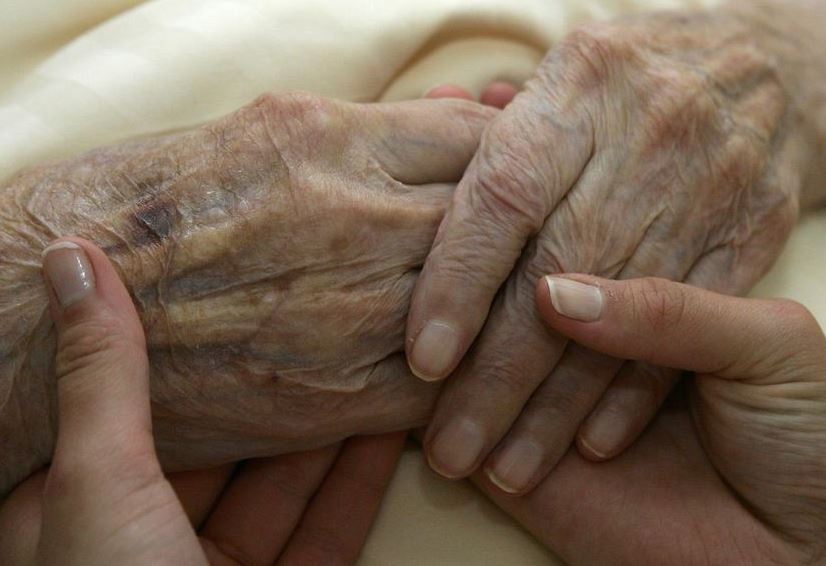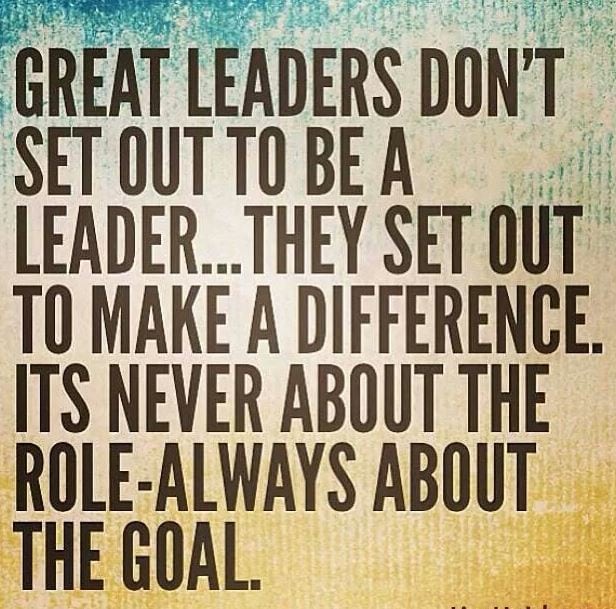Housing Security and the Wellbeing of Children
May 31, 2017
Residential Aged Care: the aspiration and the reality
June 12, 2017I have written on the White Australia Policy and racism extensively before and will not re-state all of that here; except to say that Australia was explicitly and intentionally developed as a racist nation state. Another piece worth reading can be found at https://theconversation.com/fifty-years-on-from-the-1967-referendum-its-time-to-tell-the-truth-about-race-78403
At best, white people have been taught not to mention that Aboriginal and Torres Strait Islander people are “different” in case it offends. Some people believe that the experiences of their whiteness can and should be universal. They can’t engage and in many cases are resistant to the fact that not everyone experiences the world in the way that they do.
They never had to think about what it means, in power terms, to be white, so any time they’re vaguely reminded of this fact, they interpret it as an affront. Their eyes glaze over in boredom or widen in indignation.
The journey towards understanding structural racism still requires Aboriginal people to prioritize white understandings. Even if they can hear you, they’re not really listening There is an institutional deafness.
That’s the emotional disconnect. It’s not really surprising, because they’ve never known what it means to embrace an Aboriginal and Torres Strait Islander person as a true equal, with thoughts and feelings that are as valid as their own.
This white denial being the ubiquitous politics of race that operates on its inherent invisibility.
Entering into conversation with defiant white people is a highly risky environment. The reactions to the Uluru from the Heart Statement further demonstrate this.
The options are: speak truth and face the reprisals, or bite your tongue. It is a strange life, always having permission to speak and feeling indignant when you’re finally asked to listen. Adam Goodes struck this lack of entitlement to speak a couple of years ago. He was perceived as nor knowing his place; does this come from white Australia’s never-questioned sense of entitlement?
In contrast to this hundreds of Aboriginal community leaders met at Uluru late in May 2017 to find common ground on a way forward. This followed a dozen regional meetings around the country.
They released a “Statement from the Heart”, which called for:
- “Substantive constitutional change and structural reform”, rejecting minimalist and symbolic recognition of Aboriginal and Torres Strait Islanders in the constitution
- A constitutionally enshrined “First Nations Voice”, which would sit separately to the Parliament but seek to influence and advise government policy affecting Indigenous people
- A pathway to treaties between Aboriginal people and the government. This would be overseen by a “Makarrata Commission”, which would also guide a process of truth-telling about the treatment of Indigenous people.
Constitutional recognition is the formal acknowledgement of continuous occupation of Australia by Aboriginal and Torres Strait Islander people before European colonization.
At minimum, this would be symbolic acknowledgement in the constitution or a preamble. However, Indigenous people are rejecting minimalist change, instead calling for substantive reform of the relationship.
Advocates for change recommend it is the only thing Aboriginal people support and the only thing worth doing. Clearly, the call for treaty is not new; with various statements calling for treaty over the last thirty or more years. Others suggest that any change should be minimal if it is to gain the support of the Australian public.
The exact form of the proposed Indigenous representative body is still to be determined. It would likely sit separate to the Parliament and not have veto powers over legislation, but offer advice to governments. University of New South Wales law professor Megan Davis cites international examples to argue structural representation of Indigenous people results in better long-term outcomes in health, education and employment.
Treaties are legal agreements between Indigenous groups and governments that can formally recognise sovereignty over land, outline reparations and settlements, establish rules about coexistence and formalize the provision of services like education and health.
An agreement signed between the Western Australian government and the 30,000-strong Noongar people is an example of a treaty; it also involved an Act of the WA parliament and implicitly affirmed Noongar sovereignty. The Victorian and South Australian state governments are currently in the process of negotiating treaties with Aboriginal groups.
It’s important to note that treaties and constitutional recognition can co-exist.
In overseeing treaties between Aboriginal people and government, a Makarrata Commission would seek to perform the role of a truth and reconciliation commission. These have been conducted in South Africa and Canada as part of healing processes.
To read more about Uluru Statement



